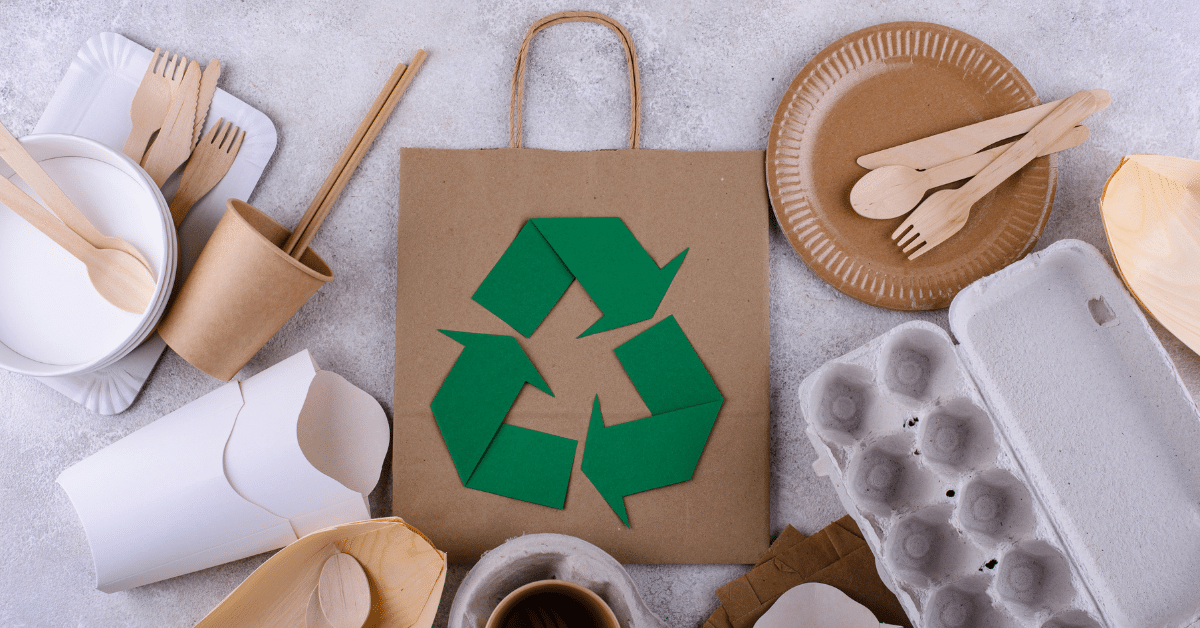
Keeping Your Kitchen Sustainable This Winter
With winter in full swing, we have had to adapt many aspects of our lives to the cold temperatures and icy conditions. We bundle up, adjust our thermostats, and put ice-scrapers in our cars. However, in order to protect our well-being and the health of our planet, the foods we buy and eat should also change with the onset of winter. Being mindful of the produce we are consuming allows us to savor the season’s flavors while minimizing our environmental impact.
As temperatures change, it becomes harder to find the fruits and vegetables that are normally staples in our kitchens. We often resort to buying produce that has been grown in far-away countries and shipped to us, thus greatly increasing our carbon footprint. So, what do we do? Look for food that is grown locally, both indoors and outdoors. This cuts out the emissions produced by shipping food thousands of miles while supporting local farmers at the same time. Also, locally grown foods often use less pesticides and help protect biodiversity, so all the more reason to seek it out. Stay away from out-of-season fruits and vegetables that require warm climates, as they are likely being shipped from thousands of miles away. If you do need to buy these things, try to find local greenhouses that sell them instead. Also, if you have the time, you can prepare for the winter season months in advance by canning, freezing, and fermenting summer vegetables and fruits. This allows you to enjoy a variety of produce even when it’s not in season locally.
Here is a list of some foods that thrive in cold climates and are sustainable to buy during the winter:
- Spinach
- Brassicas: kale, cabbage, broccoli, cauliflower, Brussels sprouts, radishes, turnips
- Root vegetables: beets, carrots, parsnips, potatoes
- Swiss chard
- Alliums: garlic, onions, leeks
- Lettuce
- Herbs: parsley, oregano, sage, mint, thyme
Aside from focusing on winter vegetables, using dry goods as staples is another way to eat sustainably throughout the winter. Buy things like beans, lentils, and other legumes in bulk to have on hand. They won’t go bad, and you could even save on gas by not having to go to the grocery store as frequently.
Finally, don’t forget to be sustainable even in your journey to the store and throughout your shopping experience. Walk, bike, use public transit, or ride-share to the grocery store when possible. Bring reusable bags. Look for bamboo cutlery instead of plastic.
Enjoying a sustainable winter diet is not only feasible but also flavorful and filling! By prioritizing local, seasonal produce, preserving the harvest, and choosing sustainable proteins, we can savor the winter’s bounty while contributing to a healthier planet for generations to come. With a little extra thought and a willingness to learn to love winter vegetables, we can all help lower emissions and feel good about the food we eat this winter!
Sources: